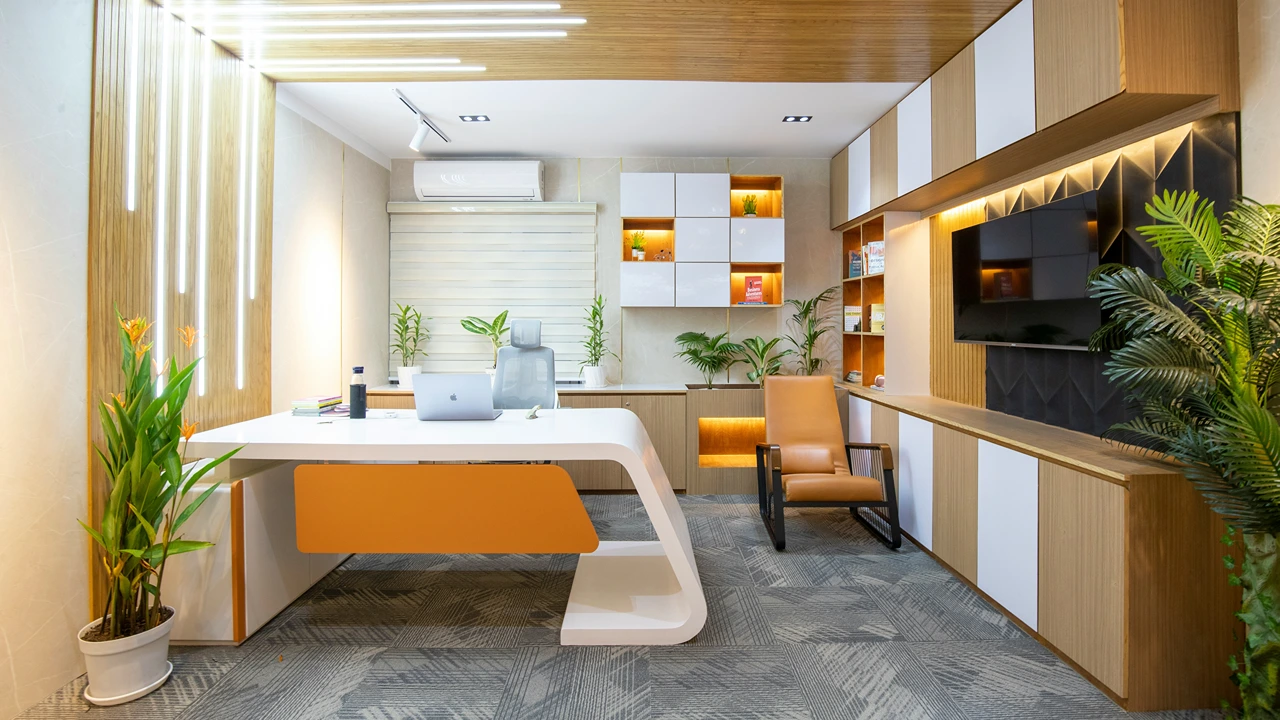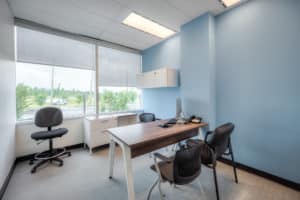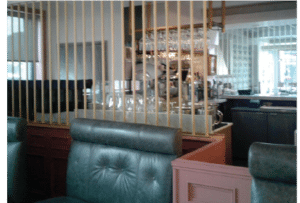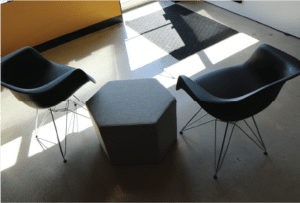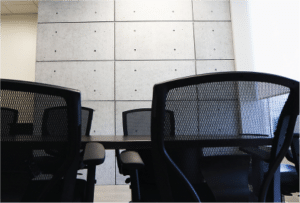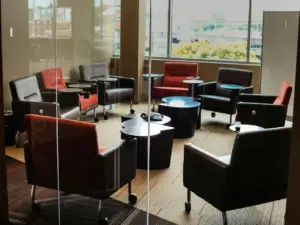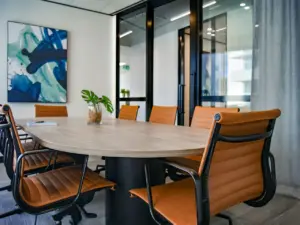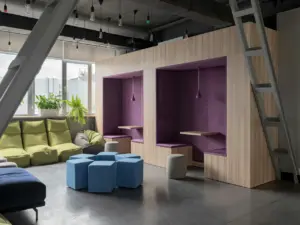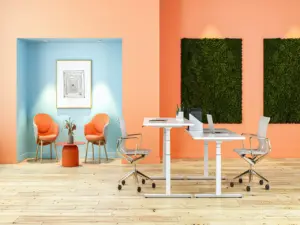As corporate office environments continue to evolve, the significance of innovative seating solutions has become increasingly apparent. With a growing focus on enhancing employee comfort, collaboration, and overall productivity, the right seating can make a substantial difference in the workplace. Here’s a closer look at some cutting-edge chairs and benches that can transform any office space into a dynamic and engaging environment.
1. Modular Seating
Modular seating options are revolutionizing the way teams interact within the workspace. Interchangeable modules can be easily reconfigured into various shapes and sizes, allowing teams to adapt their workspace to suit different collaboration styles and meeting requirements. These versatile units facilitate brainstorming sessions and group discussions while promoting a sense of community among employees. Additionally, flexible benches provide the perfect solution for informal meetings or social gatherings. They can be used individually or connected to form larger seating arrangements, making them an excellent choice for creating adaptable spaces that cater to diverse needs.
2. Ergonomic Chairs
In today’s fast-paced work environment, comfort is paramount. Adaptive ergonomic chairs are designed to automatically adjust to the user’s posture, providing optimal support and reducing the risk of discomfort during long hours at the desk. These chairs often come equipped with features like adjustable armrests, lumbar support, and breathable materials, ensuring employees maintain proper posture throughout the day. Another innovative option is the kneeling chair, which encourages an open hip angle and promotes better posture by redistributing weight from the lower back to the knees and shins. This unique design can help reduce strain and fatigue, making it an excellent addition to any modern office.
3. Active Seating
To combat the negative effects of prolonged sitting, active seating solutions are gaining popularity in corporate environments. Balance ball chairs incorporate stability balls into their design, allowing for movement while sitting, which helps engage core muscles and improve focus. These chairs encourage users to maintain a dynamic posture, reducing the lethargy often associated with traditional seating. Wobble stools are another exciting option, providing a dynamic seating experience that allows users to shift their weight and adjust their posture throughout the day. This promotes better circulation and increased energy levels, ultimately enhancing productivity.
4. Collaborative Benches
Collaborative benches are designed with teamwork in mind, making them an ideal solution for open office layouts. Communal benches provide ample seating for informal meetings and social interaction, fostering collaboration and communication among employees. These benches create an inviting atmosphere that encourages employees to gather and share ideas, strengthening team dynamics. Additionally, power benches equipped with integrated charging ports allow teams to work on their devices without worrying about battery life. This combination of functionality and comfort makes collaborative benches a vital addition to any modern office space.
5. Privacy Seating
In open office environments, the need for privacy and focus is crucial. High-backed chairs offer acoustic benefits, creating a sense of seclusion that allows employees to concentrate on their tasks without distractions. These chairs often feature sound-absorbing materials that help reduce noise levels, contributing to a more productive work atmosphere. Cocoon chairs, with their enveloping designs, provide a cozy retreat for focused work or relaxation. These seating options not only enhance comfort but also promote a sense of personal space in busy environments.
6. Multifunctional Seating
Multifunctional seating is essential for adapting to the diverse needs of modern workplaces. Convertible chairs can transform into workspaces with fold-out writing surfaces, making them ideal for flexible environments that require quick adjustments. These innovative designs cater to various work styles, accommodating both collaborative and individual tasks. Stackable chairs are another practical solution, providing easy storage and mobility for multipurpose spaces. Their versatility ensures that organizations can efficiently manage seating arrangements to meet changing demands throughout the day.
7. Nature-Inspired Seating
Biophilic design is increasingly making its way into modern office spaces, and nature-inspired seating is at the forefront of this trend. Organic-shaped benches mimic natural forms and promote a calming atmosphere in the office. These designs create a soothing environment that encourages creativity and relaxation. Additionally, wooden chairs with integrated planters combine comfortable seating with greenery, adding a touch of nature to the workspace. This blend of aesthetics and functionality not only enhances employee well-being but also fosters a deeper connection to the natural world.
8. Playful and Colorful Seating
Finally, playful and colorful seating options can infuse energy and creativity into the workplace. Brightly colored bean bags and floor cushions create casual seating that encourages relaxation and informal collaboration, making them ideal for lounge areas or breakout spaces. These fun designs can help break down barriers between team members and stimulate creative thinking. Sculptural chairs offer unique, artistic designs that serve as both functional seating and eye-catching decor, adding character to the office environment.
Incorporating innovative seating solutions into modern corporate office spaces is essential for creating an environment that prioritizes comfort, collaboration, and employee well-being. By embracing these cutting-edge chairs and benches, businesses can foster a more dynamic and productive workspace that supports the diverse needs of their teams. Investing in thoughtful seating design not only enhances the overall aesthetic of the office but also contributes to a healthier, happier workforce.
Frequently Asked Questions (FAQ):
Why is adaptive seating so important in modern office spaces?
Adaptive seating is increasingly important in modern office spaces for several reasons, reflecting the evolving needs of today’s workforce and the dynamic nature of work environments. Here are some key points highlighting its significance:
1. Promotes Ergonomics and Comfort
Adaptive seating is designed to accommodate various body types and sitting postures, helping to reduce discomfort and prevent musculoskeletal issues. Ergonomic features, such as adjustable seat height, lumbar support, and armrests, allow employees to customize their seating experience, which is crucial for maintaining comfort during long hours at a desk.
2. Supports Diverse Work Styles
Modern offices often feature a mix of work styles, from collaborative teamwork to focused individual tasks. Adaptive seating options, such as movable chairs, standing desks, and lounge seating, provide flexibility to support different work modes. This adaptability enables employees to choose seating that best suits their current tasks, fostering productivity and creativity.
3. Encourages Movement and Active Sitting
With the rise of sedentary work lifestyles, adaptive seating encourages movement throughout the day. Options like balance ball chairs, wobble stools, and sit-stand desks promote active sitting and allow employees to shift their positions regularly. This movement can help improve circulation, reduce fatigue, and enhance overall well-being.
4. Enhances Collaboration
In open office layouts, adaptive seating solutions can facilitate collaboration and communication among team members. Modular seating arrangements and communal benches enable employees to easily rearrange their seating for meetings or brainstorming sessions, fostering a collaborative culture and breaking down barriers.
5. Accommodates Individual Preferences
Every employee has unique preferences when it comes to seating. Adaptive seating allows individuals to select options that work best for their comfort and productivity. This personalization can lead to higher job satisfaction and employee engagement, as people feel more in control of their work environment.
6. Improves Focus and Concentration
Providing adaptive seating solutions that offer privacy and comfort can enhance focus and concentration. High-backed chairs or privacy pods help reduce distractions in open office settings, allowing employees to immerse themselves in their tasks without interruptions.
7. Supports Well-Being and Health
Investing in adaptive seating is a commitment to employee well-being. By providing options that promote good posture, movement, and comfort, companies can contribute to the physical and mental health of their workforce. This, in turn, can lead to reduced absenteeism and higher productivity levels.
8. Aligns with Sustainability Goals
Many adaptive seating solutions are now designed with sustainability in mind, using eco-friendly materials and processes. By choosing adaptable and sustainable furniture, companies can reduce their environmental impact while creating a healthier workplace.
In summary, adaptive seating is crucial in modern office spaces as it promotes comfort, supports diverse work styles, encourages movement, enhances collaboration, accommodates individual preferences, improves focus, and contributes to employee well-being. Embracing these seating solutions can lead to a more dynamic and productive work environment.
How can office design improve productivity?
Office design impacts productivity by reducing distractions, improving ergonomics, and fostering collaboration. Thoughtful zoning, sound management, and proper lighting all contribute to a more efficient work environment.
How do I choose the right interior designer for my office space?
Look for a designer with experience in commercial office spaces, a strong portfolio, and an understanding of your business needs. A professional designer should be able to create a customized plan that aligns with your company’s goals and culture.
